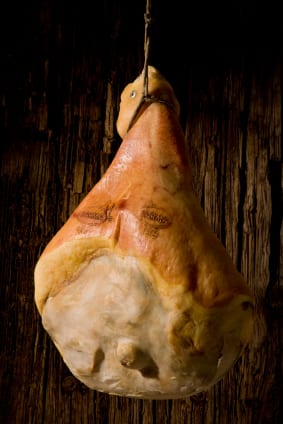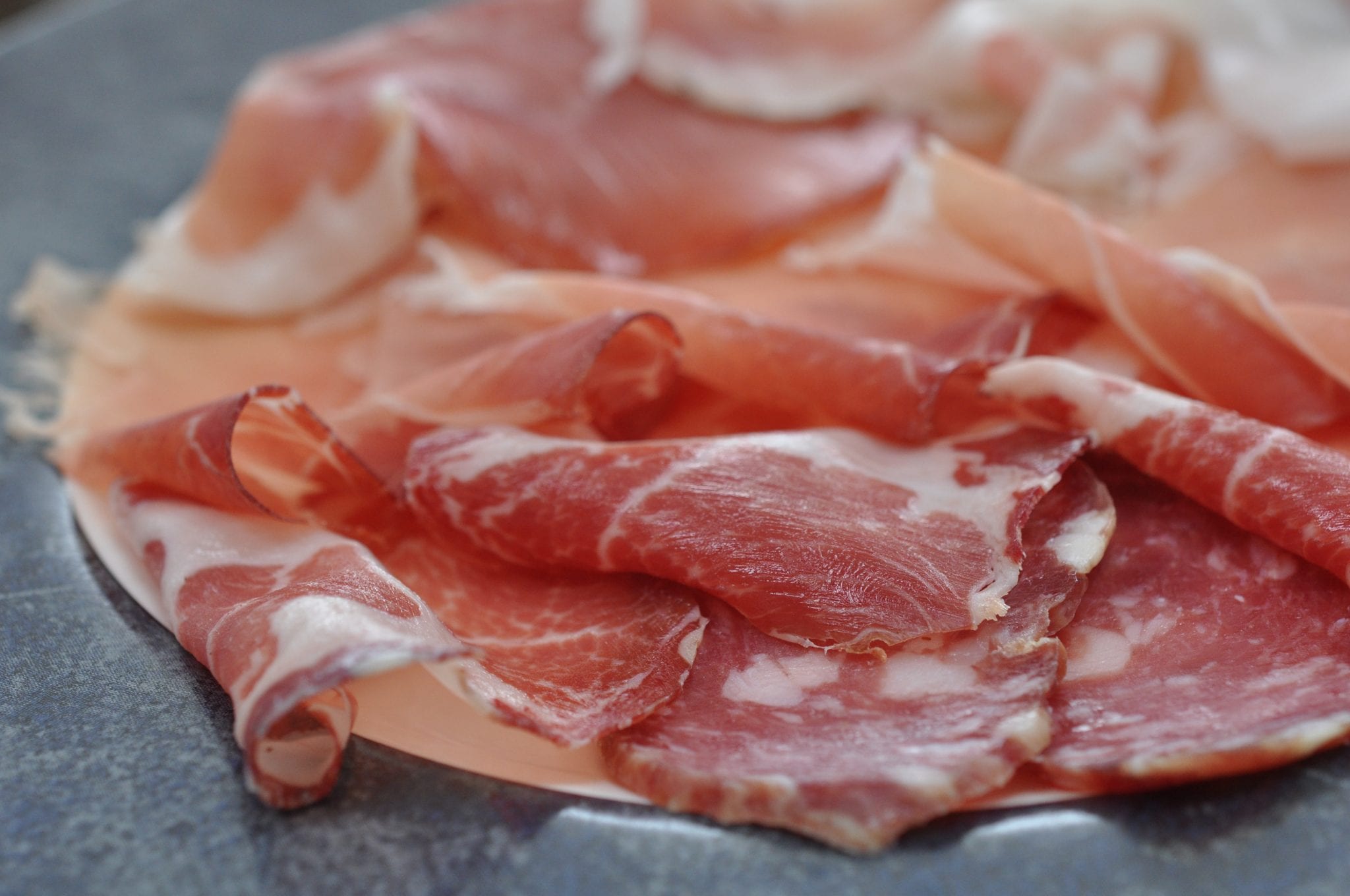
Among the many fantastic foods in Italy, prosciutto has to be one of our favorites. The two most famous varieties are Prosciutto di Parma (Parma ham) and Prosciutto di San Daniele. “Ham,” as we know it in the States, is one thing, but melt-in-your-mouth Italian ham with that perfect blend of salty and sweet? Now that´s another level. For many, though, there is one key question on their lips…”Is prosciutto raw?”

Typical Italian meats, including prosciutto di Parma, are common in Emilia-Romagna.
Here, some of our very favorite facts about Italy’s delicious prosciutto crudo—from what ancient Romans thought of the ham to whether it’s actually raw!
Table of Contents
ToggleProsciutto crudo… or cotto?
We tend to call all types of this ham “prosciutto” (pronunciation: pro-SHOOT-oh), but one prosciutto (“ham”) is not like another! And that, therein, provides the answer to the question as to whether it is raw. In Italy, there are 2 different types, crudo and cotto.
In Italian, “crudo” means raw, so if your asking… “is proscuitto raw?”, you would indeed be correct if you are eating prosciutto of the crudo variety.
“Cotto” means cooked. So if you want cooked ham, then you need to ask for prosciutto cotto. Many an Italian would say that you are definitely missing out though if you don’t try the “raw” type!
So, yes, prosciutto crudo is in fact raw ham
But it’s not quite what it sounds like. The ham is dry-cured using salt, a process that ensures that the ham can be preserved for several months. And it takes a long time to do. Both the San Daniele and Parma types are dry-cured for at least 13 months.

Fun facts – What makes Prosciutto crudo so special?
- Both prosciutto di San Daniele and prosciutto di Parma must come from the rear legs of the pig. But the specifications when it comes to the pigs don’t stop there.
- For Parma ham, for example, the pigs must be from the area, their feed is cereal grains and whey from the production of Parmigiano-Reggiano cheese, and the pigs have to be 9 months old and weight at least 340 pounds when they’re slaughtered.
- During the curing process, an Italian ham loses more than a quarter of its weight. That’s because of the moisture loss it undergoes from the salt. The result? The flavor is way more concentrated.
- Proper prosciutto crudo, like prosciutto di Parma and prosciutto di San Daniele, can never be frozen… Strict rules govern D.O.P.regulated foods, and this is one of them. The ban on freezing extends to even the first moments of production—so as soon as they’re hacked off, the thighs of the pig have to be very swiftly sent to their area of production so they don’t rot.
- What else is prohibited? Adding sugar, smoke, spices, water, or nitrites. All you’re eating is a pig with salt. That’s it.
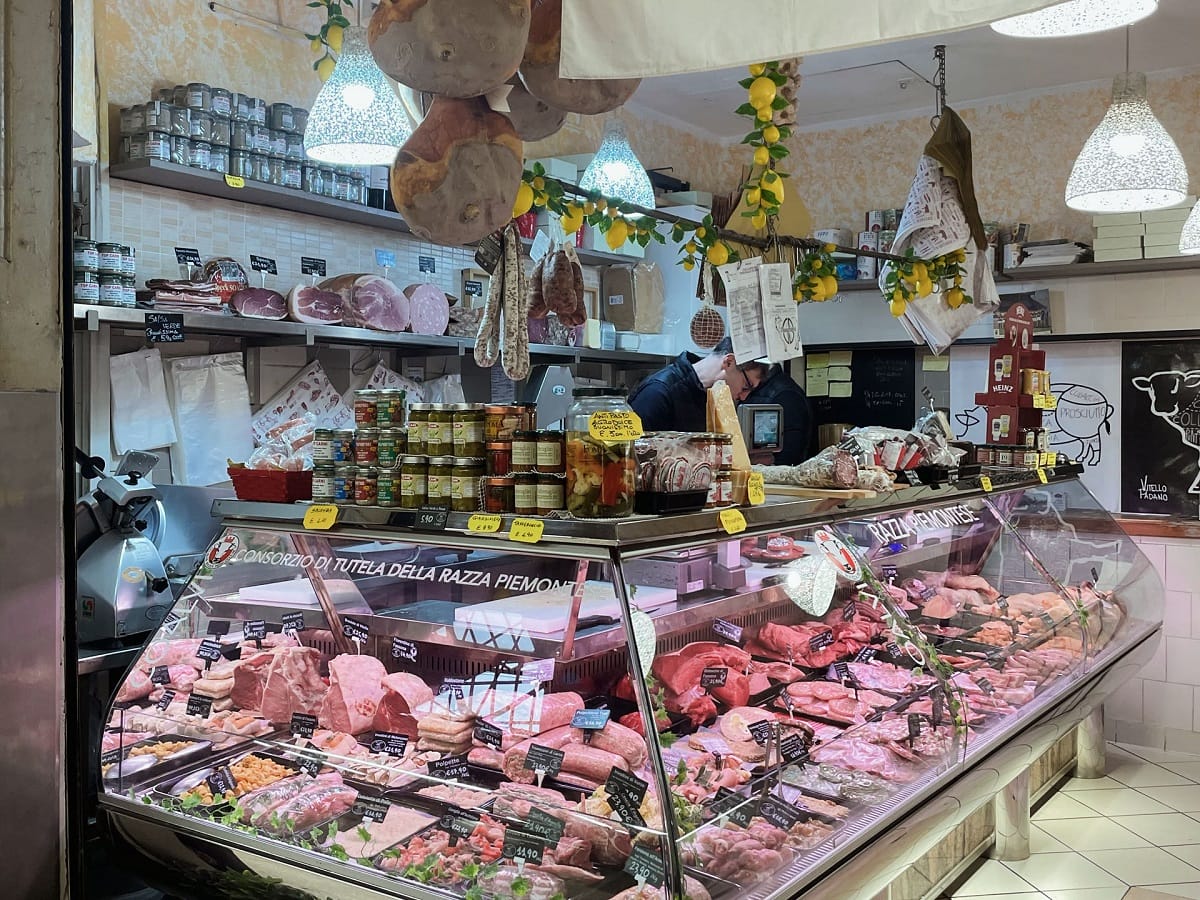
Historical facts – famous fans of Prosciutto crudo
- The association for Parma ham says that Cato the Elder was one of the first to write about ham production in Parma. And he was writing all the way back in… 100 B.C.!
- We also know that, in Roman times, the ancients considered hams from Parma one of their best banquet delicacies. This was often paired with figs or another fruit.
- In the 3rd century B.C., Hannibal stopped his conquering just north of Parma to eat local wine, bread… and the ancient version of prosciutto di Parma!
- Meanwhile, prosciutto di San Daniele has a storied history, too. At the Council of Trent of 1563, bishops convening to debate how to reform the Church wanted their prosciutto so badly, an armed guard had to deliver them a supply.
- And Napoleon’s own General Massena sequestered a huge number of the hams when he conquered the Venetian Republic in 1797.
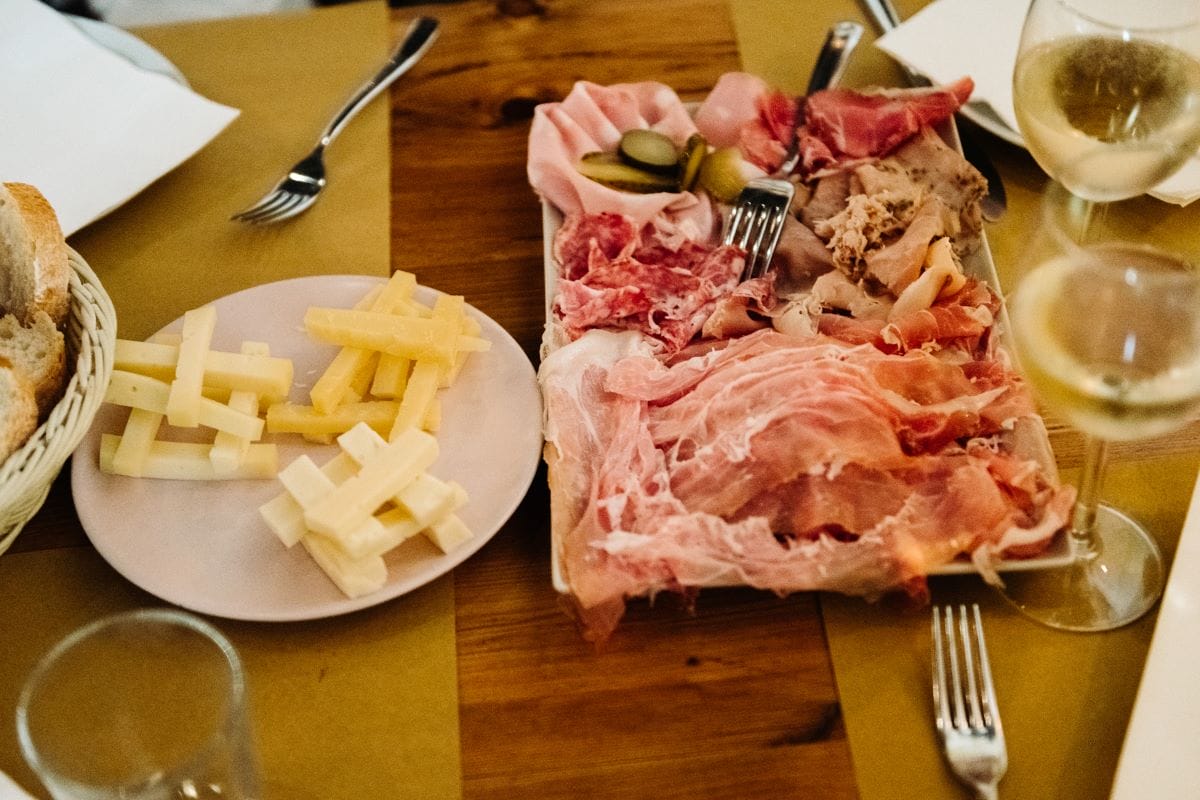
Charcuterie boards covered in various hams have become a favorite all over the world.
Where is prosciutto crudo made?
D.O.P. (Denominazione di Origine Protetta) protection ensures that the ham is produced following strict local methods in designated regions, using specific breeds of pigs and particular feeds. The curing, aging, and environmental conditions are carefully regulated. Thus guaranteeing unique flavor, texture, and quality that mass-produced ham cannot replicate.
There are 10 regions in Italy that have the “D.O.P.” designation for cured ham. Parma, San Daniele Modena, Toscano, Veneto (Berico-Euganeo), Carpegna, Norcia, Sauris, and Cuneo, and speck from Alto Adige.
Local factors affect how prosciutto tastes

For example, the Prosciutto di San Daniele association says that the maturation of the prosciutto simply must take place at San Daniele del Friuli. This is because winds from the Adriatic and the Alps and the area’s particular temperature and humidity give the ham its exact flavor and texture.
Whether a non-connoisseur could tell those nuances or not, is not up for debate. This is the rationale behind the idea of “D.O.P.” which protects the specifics types of ham, and what they are famed for.

Like prosciutto, mortadella is made differently all across Italy.
Where can I try prosciutto crudo in Italy?
The easiest way to try it while you’re in Italy? Either get it at a grocery store, market, or butcher’s shop. They’ll slice it paper-thin for you, just as it should be, and pair it with some fresh melons or figs as a pre-dinner antipasto. Or try some in a panino for lunch, as just about every paninoteca has it as an option. If you’re traveling in areas known for it, you might even see such options on the menu as a pasta with a ragu of prosciutto. Try it… you won’t regret it!
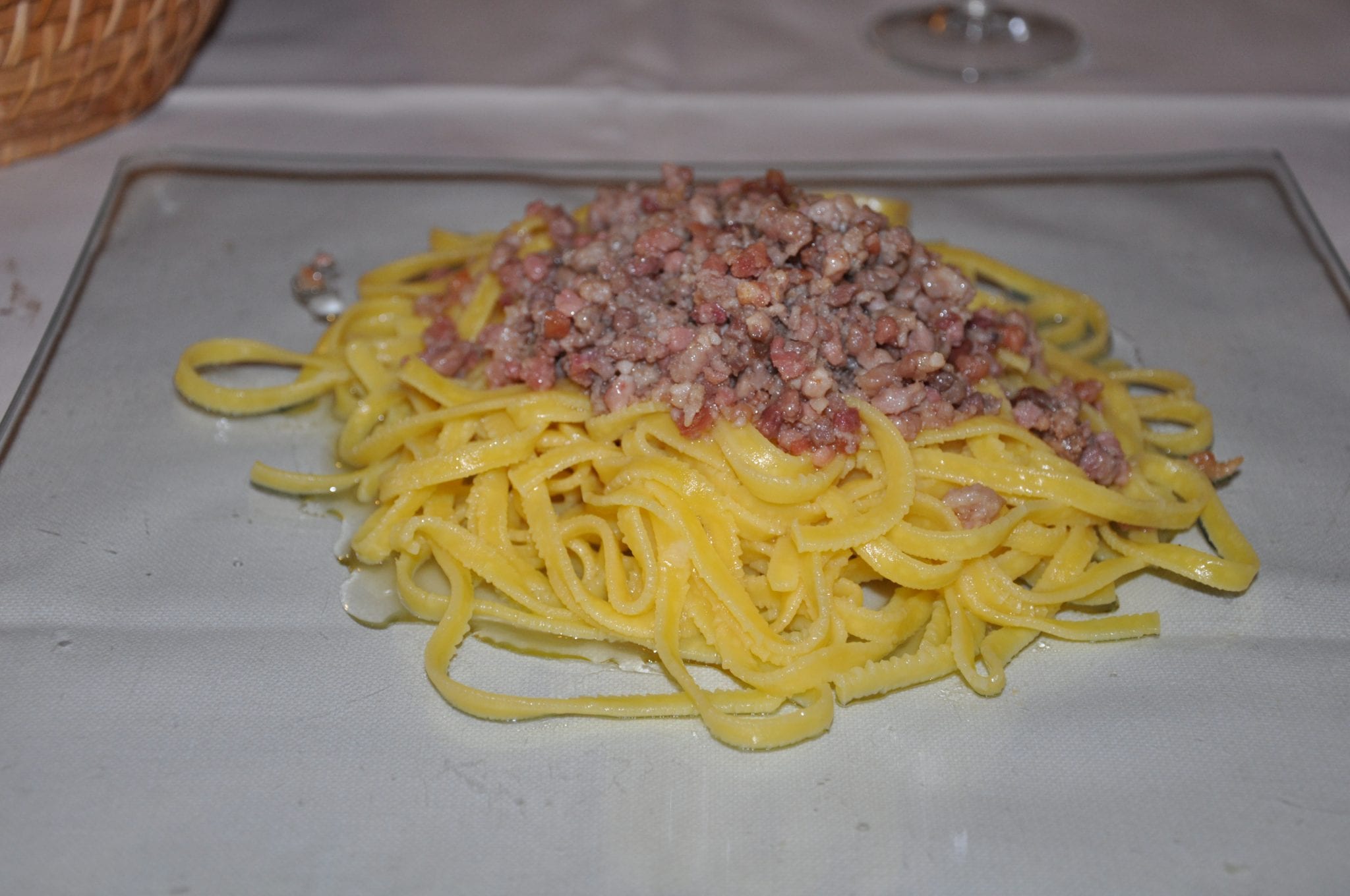
Pasta with a ragu of prosciutto di Parma in Ferrara, Italy. Delicious!
FAQ´s -Italian Food Facts about Prosciutto
Is prosciutto raw ham safe to be stored at home?
Yes, prosciutto crudo can be stored at home, but it should never be frozen. Once sliced, keep it tightly wrapped in parchment or plastic wrap in the refrigerator and consume within a few days for the best flavor. Whole legs can be hung in a cool, dry place away from direct sunlight, and should be sliced as needed.
Are there traditional pairings or drinks that enhance prosciutto crudo?
Absolutely! Prosciutto crudo pairs beautifully with sweet fruits like melon, figs, or pears. It also complements cheeses such as Parmigiano-Reggiano. For beverages, light white wines, sparkling wines, or even a dry rosé enhance the delicate salty-sweet flavor of the ham.
Is prosciutto raw ham healthy?
Two slices, or about an ounce, of prosciutto di parma contains 75 calories, 6 grams of protein, and 6 grams of fat (2/3 of it the “good” unsaturated kind). It’s especially rich with free amino acids, which are a “quick metabolizing” form of protein.

We hope you love prosciutto crudo, too! If you’re a foodie, one of the best things you can do when visiting Italy is to join us on a Walks of Italy Food tour. There are different options in different cities, all including local expert guides who will take you on a tasting tour you wont forget.
Explore Italy´s culinary offerings and taste recipes passed down through generations as you discover Italy´s beloved foods first-hand.
by Walks of Italy
View more by Walks ›Book a Tour

Pristine Sistine - The Chapel at its Best
€89
1794 reviews

Premium Colosseum Tour with Roman Forum Palatine Hill
€56
850 reviews
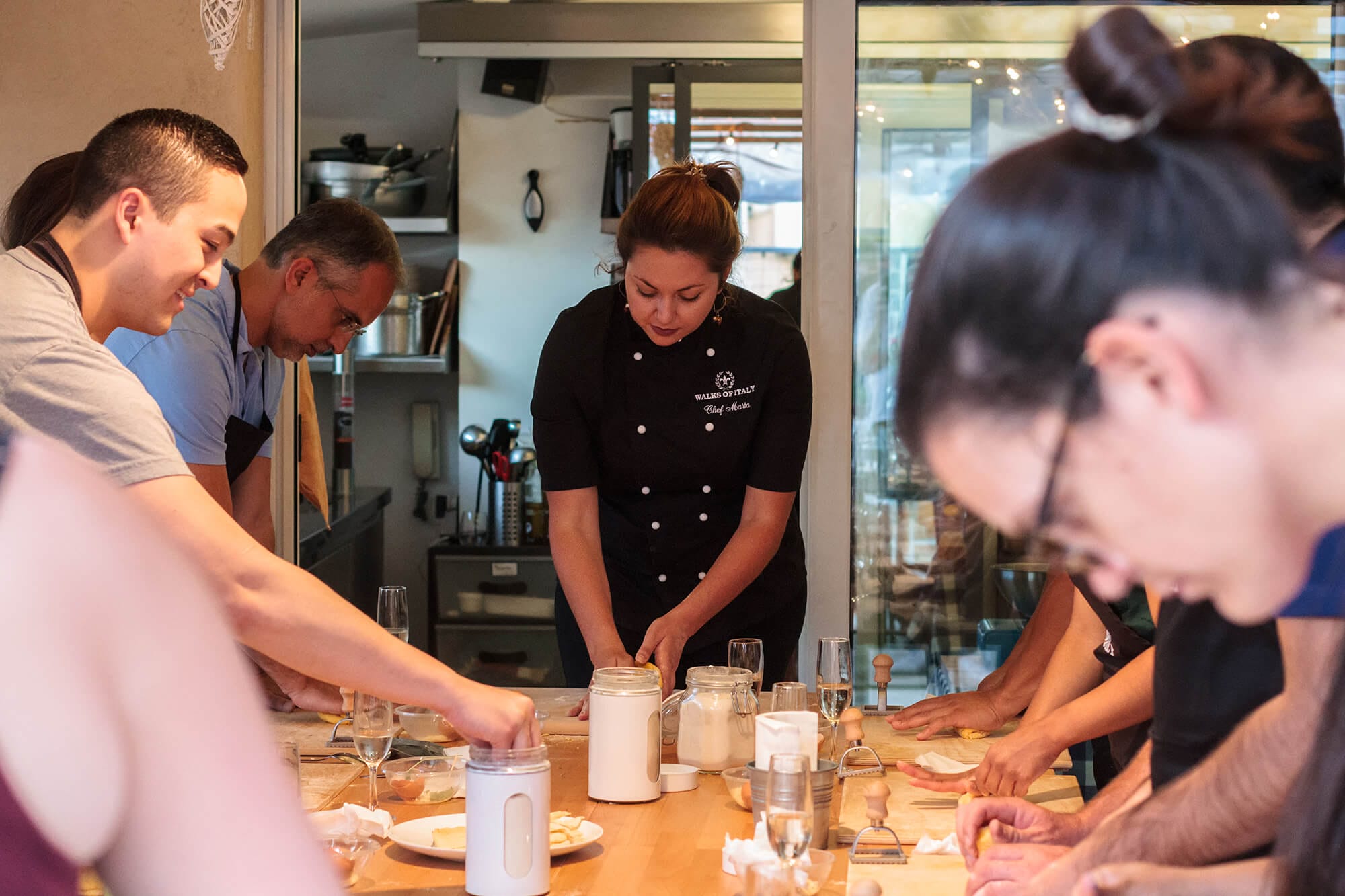
Pasta-Making Class: Cook, Dine Drink Wine with a Local Chef
€64
121 reviews

Crypts, Bones Catacombs: Underground Tour of Rome
€69
401 reviews
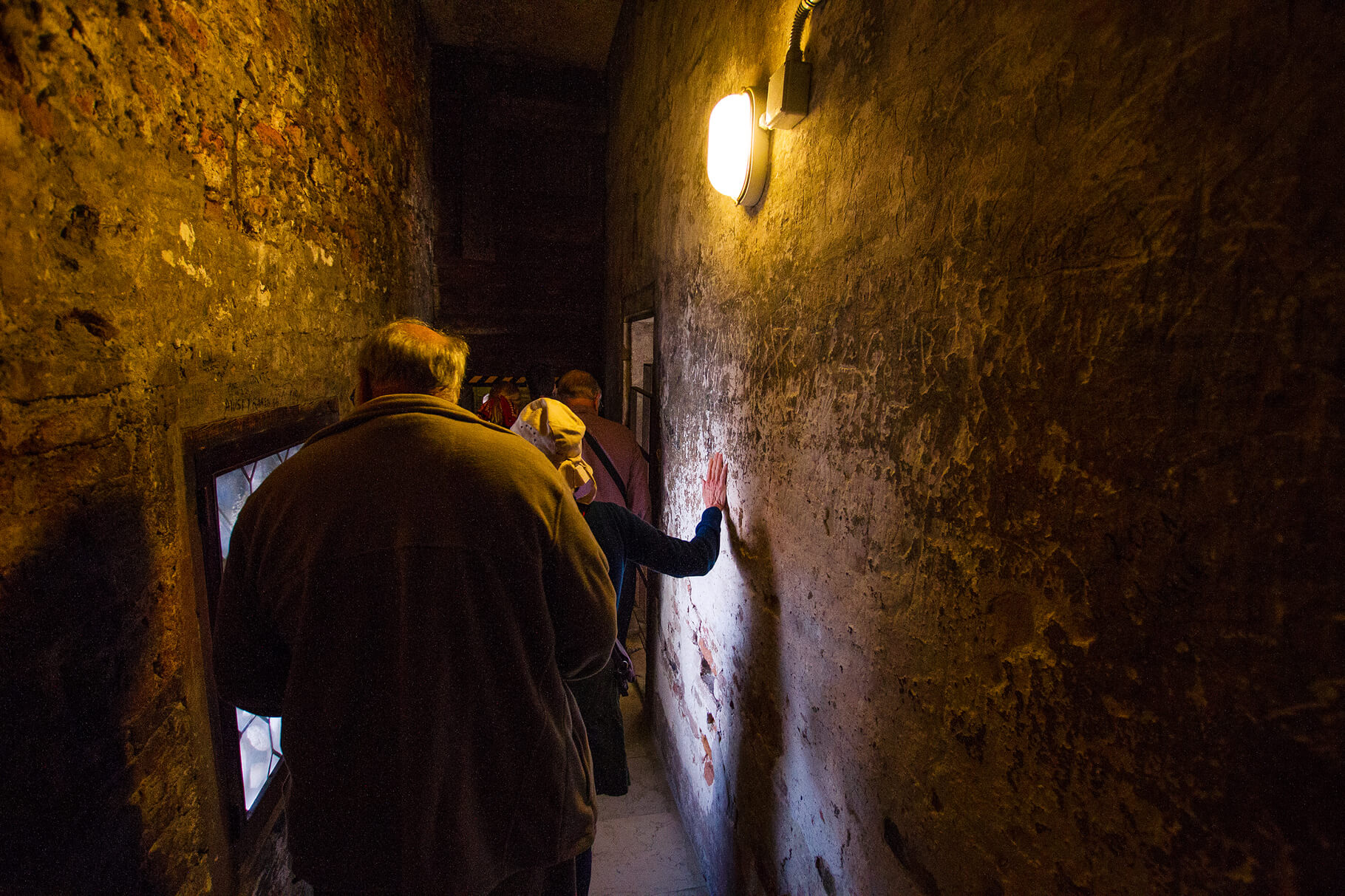
VIP Doge's Palace Secret Passages Tour
€79
18 reviews
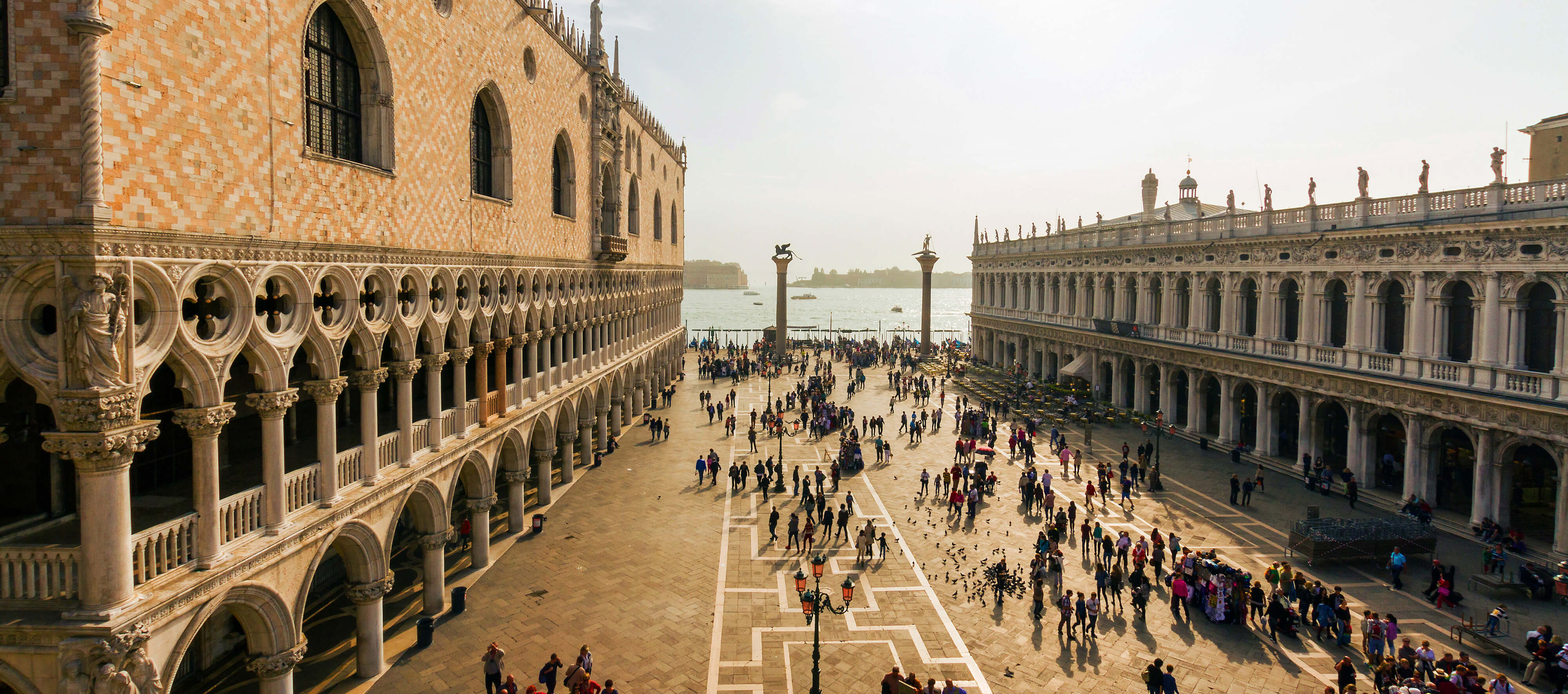
Legendary Venice: St. Mark's Basilica, Terrace Doge's Palace
€69
286 reviews









